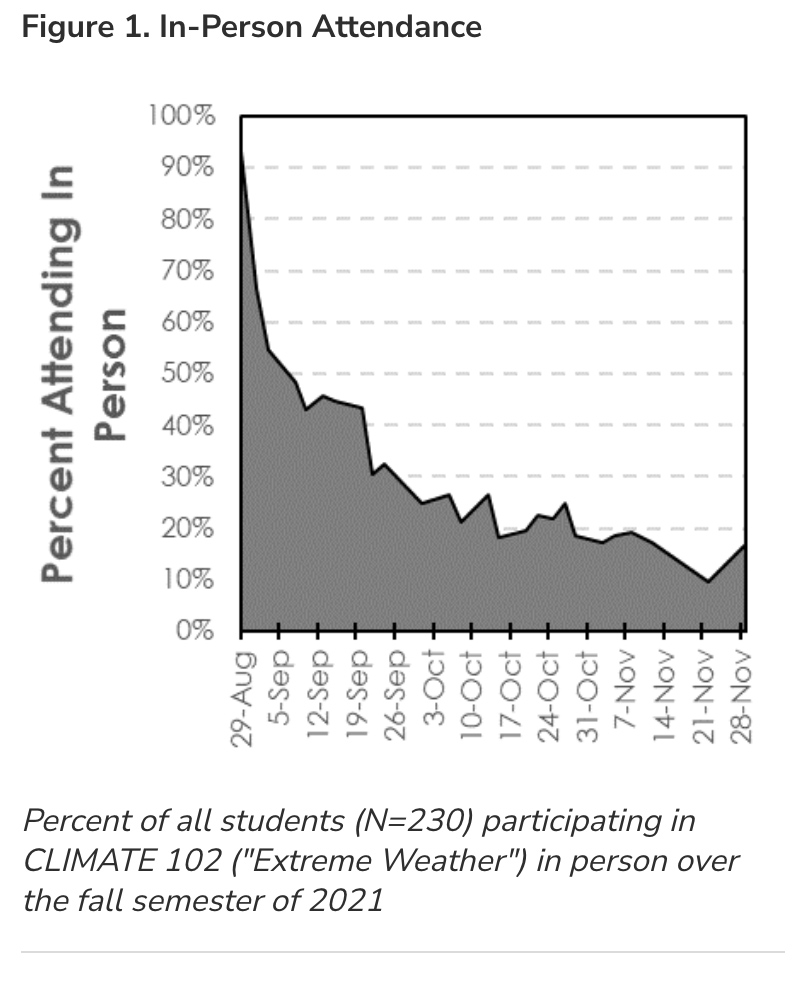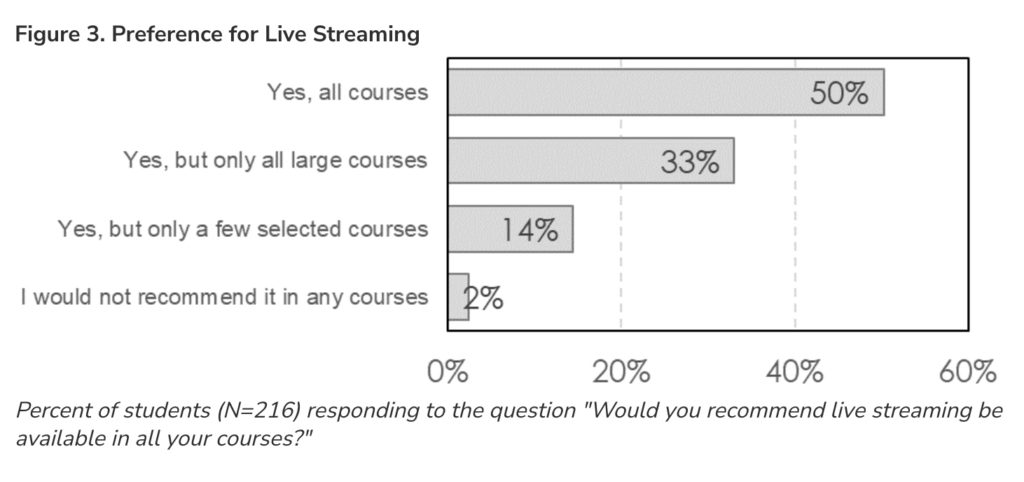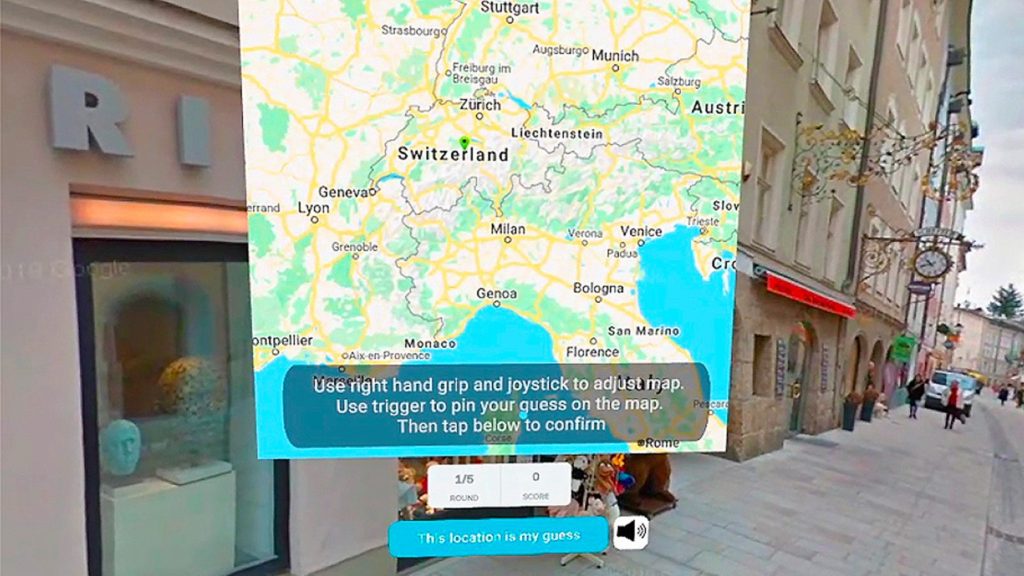<blockquote class=”twitter-tweet”><p lang=”en” dir=”ltr”>Questions that provoke critical thinking: <a href=”https://t.co/AgSkJbOXO7″>https://t.co/AgSkJbOXO7</a> <a href=”https://twitter.com/hashtag/instructionaldesign?src=hash&ref_src=twsrc%5Etfw”>#instructionaldesign</a> <a href=”https://twitter.com/hashtag/instructionaldesigners?src=hash&ref_src=twsrc%5Etfw”>#instructionaldesigners</a></p>— Instructional Design Lady (@instructlady) <a href=”https://twitter.com/instructlady/status/1504664266661679104?ref_src=twsrc%5Etfw”>March 18, 2022</a></blockquote> <script async src=”https://platform.twitter.com/widgets.js” charset=”utf-8″></script>
Best from the brightest: Key ideas & insights for L&P Professionals — from tier1performance.com by Will Thalheimer; with thanks to Christy Tucker for this resource
Gather your learning and performance team together, share conversations with your friends in the field—this trove of gold from 2021 is the bedrock for our evolving and improving work in 2022.
To help fight our FOMO (fear of missing out), I’ve asked 48 thought leaders in the L&P field to share their favorite content from 2021—stuff they created or were involved in, ideas they think are critically important to folks like you and me as L&P professionals. They shared articles, blog posts, podcast episodes, videos, and eLearnings. They also shared their recommendations for other thought leaders and other content—and the most important trends impacting our work for 2022.
I looked at every one of their recommendations and I am blown away by the insights you’ll find in the content shared below. This is a formidable treasure trove from some of the best minds in our field.
Will Thalheimer
Resetting the learning function to a virtual-first approach — from chieflearningofficer.com by Stephanie Webb, Bob Tweedie
Excerpts:
We recommend embracing a “virtual-first” learning approach, supercharging the empathy in our proven learning toolkit with design thinking, and intentionally incorporating more human connection into learning through the direct involvement of learners’ managers.
“Just as some companies have adopted a “remote-first” employment model, learning teams need to move to a “virtual-first” approach to design to provide the level of predictability needed to produce high-quality work for learners and the business.”
Is there a skills gap in learning design? — from neilmosley.com by Neil Mosley
Excerpt:
Another deficiency in higher education has also been the dearth of support there is for learning design. Roles such as Learning Designer or Instructional Designer have been relatively niche in UK higher education, they have tended to exist only in online or distance education settings.
This seems to be changing a little and there’s been more of these roles created over the past two years. Hopefully, as a result of growing recognition of the design and planning work that’s needed in higher education as the teaching and study experience grows in complexity.
Whilst broadly positive, this has thrown up another problem – the inconsistency and variability of skills amongst those that might refer to themselves as a Learning or Instructional Designer.
From DSC:
Though this is from the UK, these perspectives and the issues Neil raises are also very much present here in the United States. Neil raises some important questions, such as:
- Aare the Learning Designers and/or Instructional Designers getting the training that they need?
- What’s expected of them?
- Are they utilized properly?
- How do you scale their work?
- How do you get professors and teachers to think of *designing* their learning experiences?
Addendum on 2/19/22:
- A time for learning experience designers — from thetechedvocate.org by Matthew Lynch
And if the last two years have taught us anything, it’s that this collective movement toward learning experience design will be essential to help striving students go on better, more productive, and personally meaningful educational journeys. Indeed, we must help spread the word that education is more than a collection of classes. It may include classes, but it is so much more. At its best, it is a carefully and thoughtfully crafted and curated family of experiences that can help striving students change their lives!













